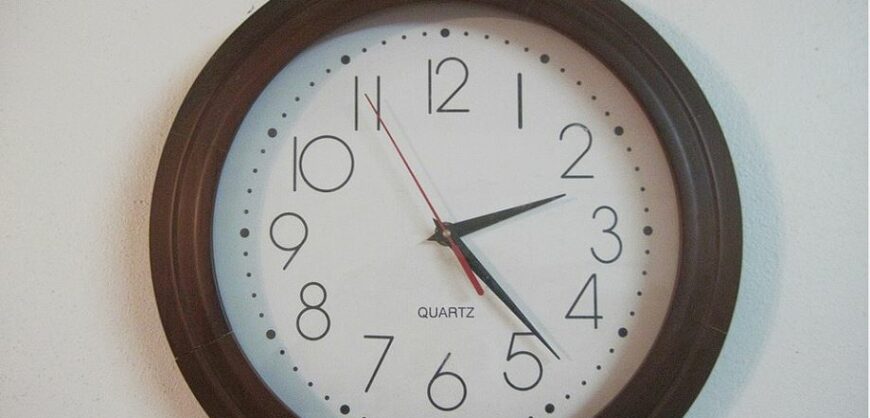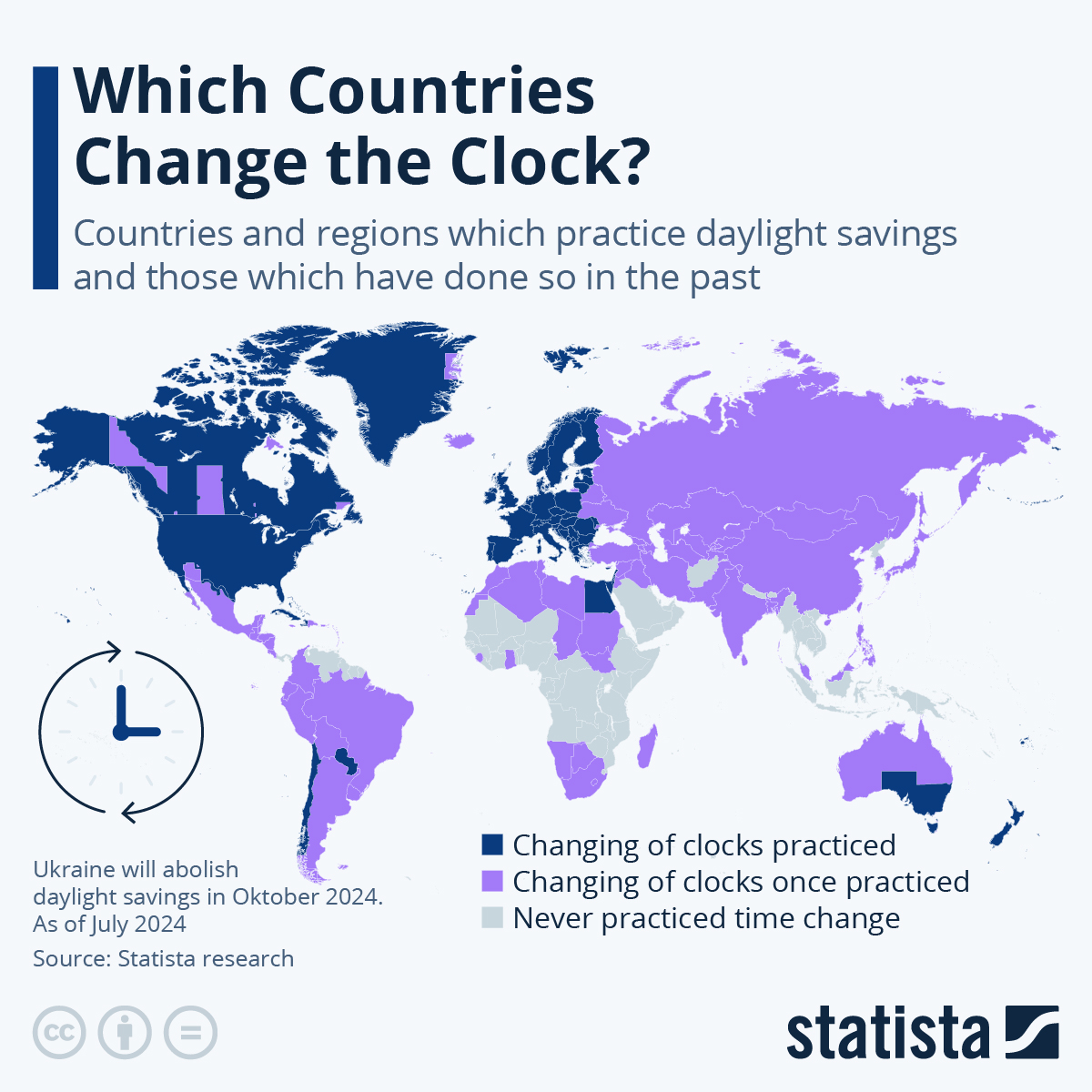Every spring, the clocks in several countries around the world change by one hour and don’t change back until the fall. This practice – adhering to daylight savings time – is a contentious one. At one point, it means one fewer hour of sleep for those involved – an hour that is not gained again for half a year. For this and a multitude of other reasons, changing the clock is loathed by those who it leaves tired and – worst case scenario – late for work. A 2016 study even claims that sleep deprivation on the day of the shift into daylight savings causes an increase of accidents like fatal car crashes.
Proponents meanwhile tout the benefits of shifting daylight onto the evenings during the spring. Conserving energy in the evenings was the reason the measure was invented in the first place, but contemporary studies have shown it does not fulfil this purpose in the modern world.
Extra daylight for evening outdoor activities in the spring and summer as well as the morning commute in winter might still be seen as an advantage by many but the benefit of shifting daylight back and forth between spring evenings and fall mornings might really only be felt in light-starved countries at Northern latitudes. Longer summer days can also be achieved by adopting permanent daylight savings time, a change that several U.S. states and on a federal level, Sen. Marco Rubio, have been lobbying for but which remains out of bounds for U.S. states.
Fewer than 40 percent of countries in the world currently apply daylight savings time switches, although more than 140 countries had implemented them at some point. So far, permanent standard/winter time is only adhered to in two parts of the U.S.: most of Arizona and Hawaii. While participating U.S. states switched to summer time this weekend, most of Mexico skipped the change for the first time, adopting permanent winter time. Some regions on the U.S. border as well as the Northern half of Baja California opted to stick to daylight savings, however.
Canadian provinces Saskatchewan and Yukon (with some small exceptions) meanwhile have adopted permanent daylight savings throughout their territories. All European Union countries and many European non-members continue to make the switch twice a year, the next one being scheduled for March 26. Outside of Europe and the U.S./Canada, changing the clocks is also practiced in Paraguay, Chile, Cuba, Haiti, the Levant, New Zealand and parts of Australia. Egypt is re-implementing daylight savings time on April 28 in a bid to save energy.
You will find more infographics at Statista






































